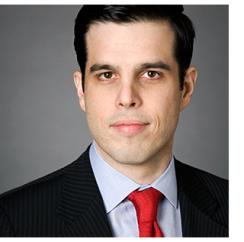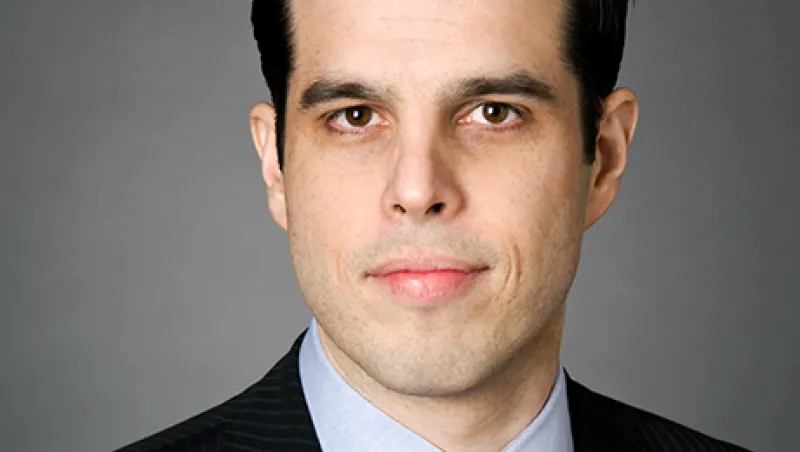One of the toughest challenges for foreign currency strategists is how to invest when the U.S. dollar is strong against other currencies and the long-term outlook calls for its continued rise. Given that many institutions have investment funds based in dollars, it can be hard to capitalize on the upward movement of the currency. That isn’t stopping some seasoned strategists from seeking to take advantage of the dollar’s forecasted strength.
There seems to be a consensus building that the greenback will keep climbing through the rest of 2013. “We’re pretty positive on the dollar and have been for some time,” says Kenneth Dickson, London-based investment director of currencies at Standard Life Investments, which has $273 billion under management.
Several factors are driving the dollar higher. For starters, Federal Reserve Board chairman Ben Bernanke indicated in July that the U.S. central bank will begin cutting back on its monthly purchases of $85 billion worth of government bonds later this year.
Meanwhile, the Bank of England and the European Central Bank have been sending unprecedented signals that they will hew to more dovish positions than the Fed. On August 1, the BoE, under new governor Mark Carney, offered its first-ever forward guidance, saying the central bank didn’t intend to raise rates until unemployment falls to 7 percent, a level the bank’s Monetary Policy Committee doesn’t expect to see until 2016. ECB president Mario Draghi has also joined the guidance club, saying he expects interest rates to remain low on the Continent for an extended period.
“On the one hand you have the Fed indicating that there will be upward movement in interest rates later this year, while the Europeans say they will keep rates low longer to stimulate growth,” notes Charles St-Arnaud, a forex strategist and economist at Nomura Securities Co. in New York.
Nomura is recommending that investors sell a basket of currencies — the euro, British pound, Swiss franc and Canadian dollar — against the dollar. The idea is to fix “stop losses,” insurance if a currency moves the wrong way, against the basket rather than an individual currency. “With a basket approach, if something happens such as a spike in oil prices and the Canadian dollar starts to appreciate sharply, it won’t be necessary to close the whole position,” St-Arnaud explains. “That will make this trade less sensitive to market volatility.”

“We like the peso because there is a narrative of structural reforms taking place in Mexico,” Brown says. “We played it against the Aussie dollar because we see structural features of the Aussie, not the overall Australian economy, that are negative and should materialize in the longer term.” Similarly, Brown recommends going long the Philippine peso while shorting the Taiwanese dollar. Taiwan’s economy is closely tied to mainland China’s, while the Philippines’ is more U.S.-focused. In addition, the Philippines has adopted economic reforms that led Standard & Poor’s in May to upgrade the country’s foreign-currency-denominated-debt rating to investment grade — BBB– — for the first time.
Brown says another basket trade is to go long the Mexican and Philippine pesos against the South African rand and the Turkish lira, both of which have declined in recent months.
Standard Life’s Dickson believes the dovish commentary coming out of London and Frankfurt has created an investment opportunity using the pound and euro, betting that one will appreciate and the other will decline. “The economics in the U.K. have been improving from a very low base, but those improvements have generally surprised the market,” he says. “If you have a long time horizon, sterling seems cheap. There is a lot of bad news in the price.”
Dickson expects the pound to outperform, even with a stronger dollar. Although the euro has been holding up against the dollar, he thinks the solution to Europe’s economic problems and its banking crises is many years away: “Slowly but surely, the euro will have to come down.”
Dickson isn’t a fan of emerging-markets currencies right now, but he claims there are still great investment opportunities in the developing world. With the dollar rising, he adds, it makes sense to selectively buy emerging-markets equities in economies that offer good fundamentals while hedging the exchange-rate risk: “Hedging that risk against the U.S. dollar is not as costly as it used to be.” • •






